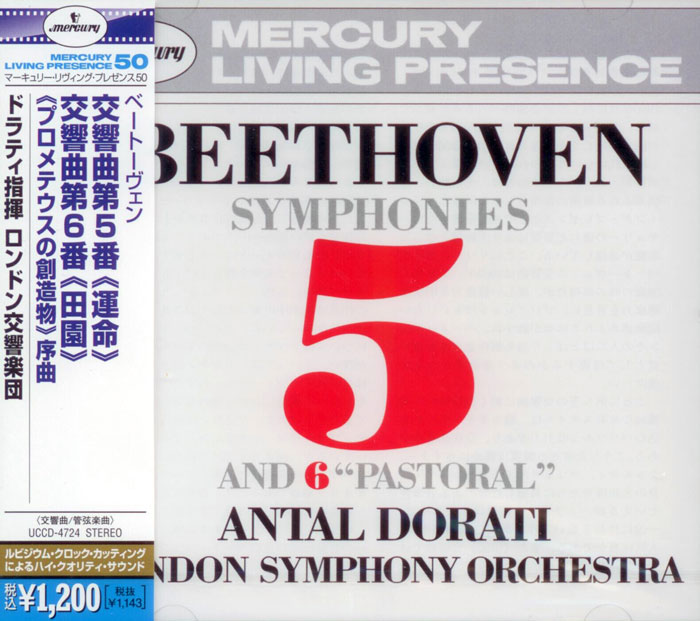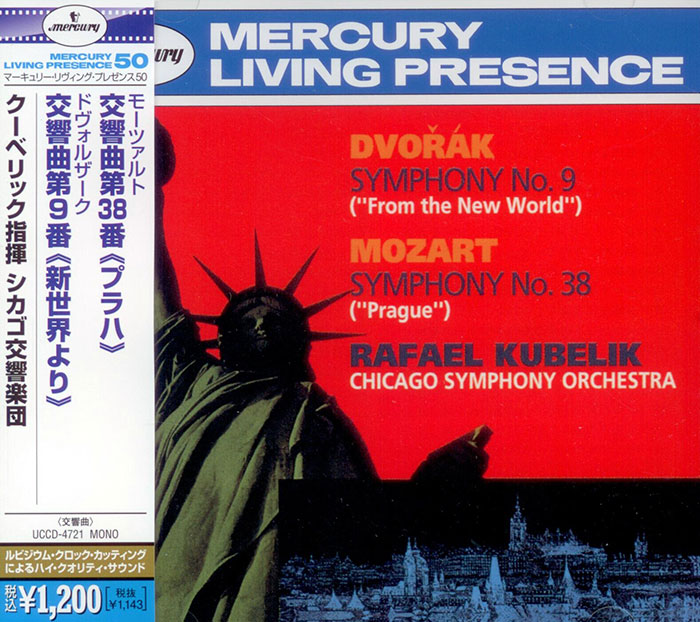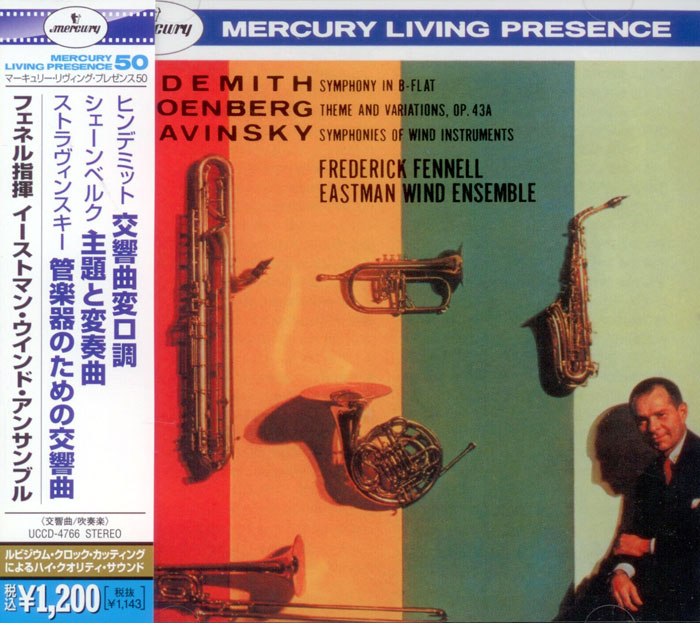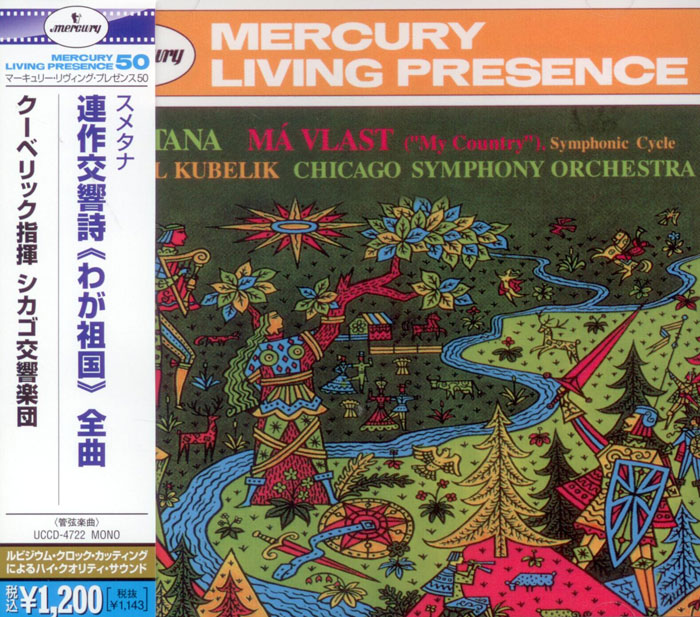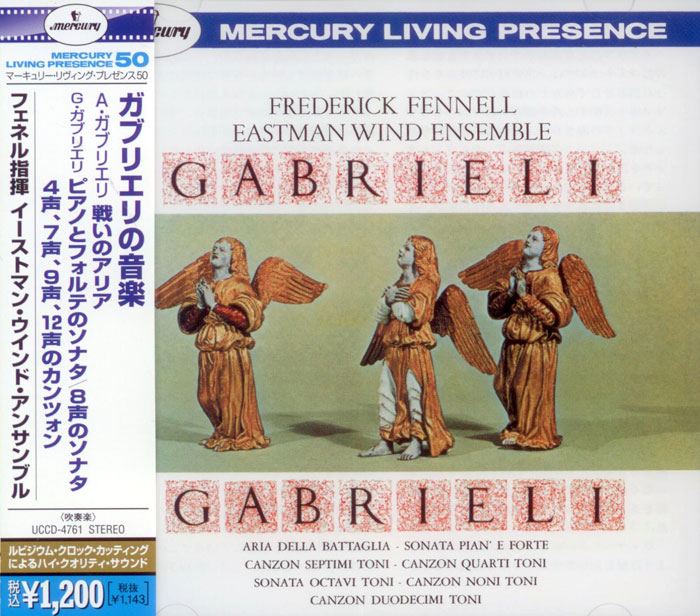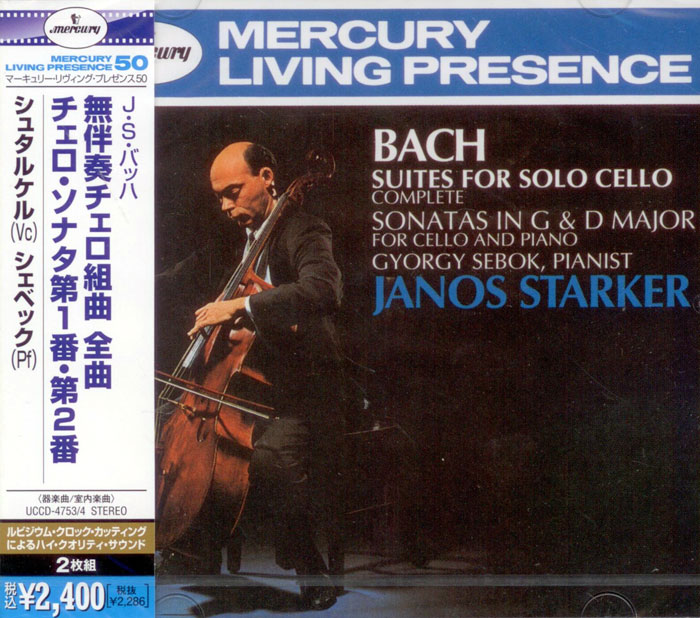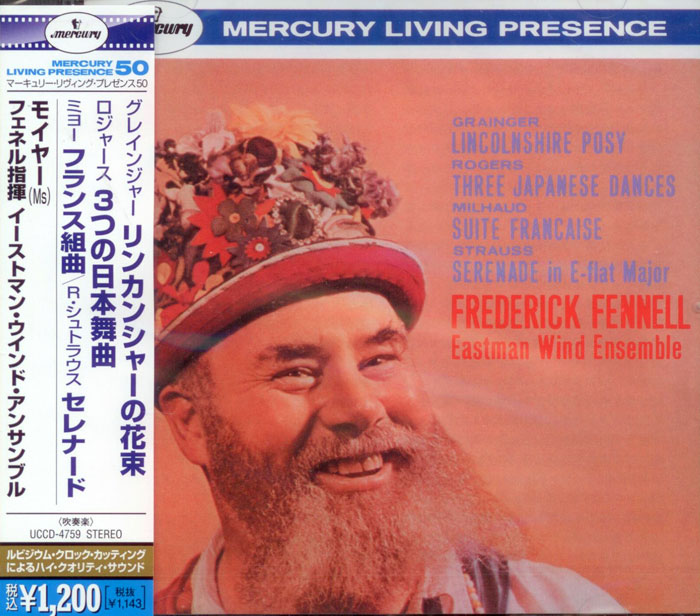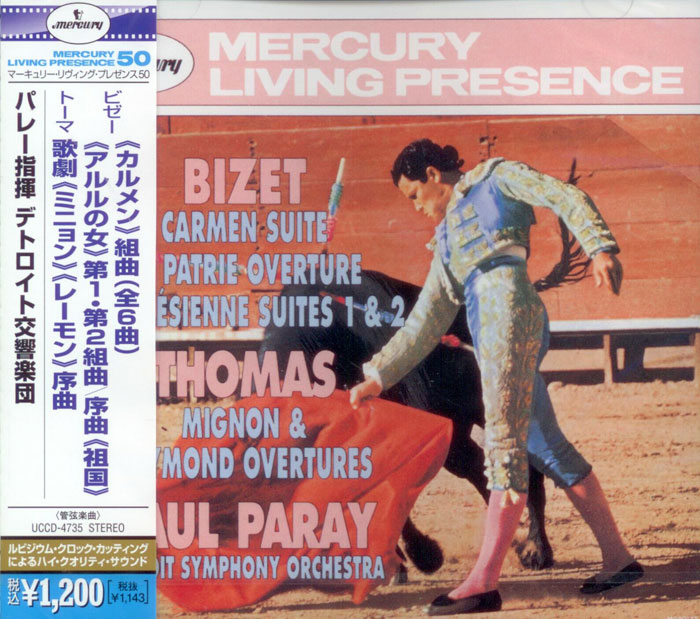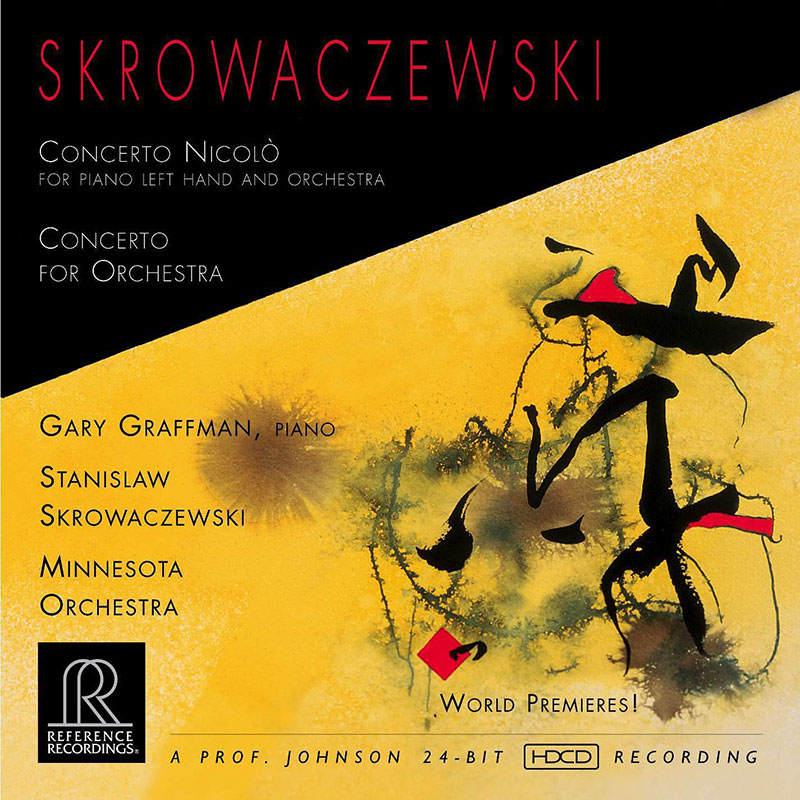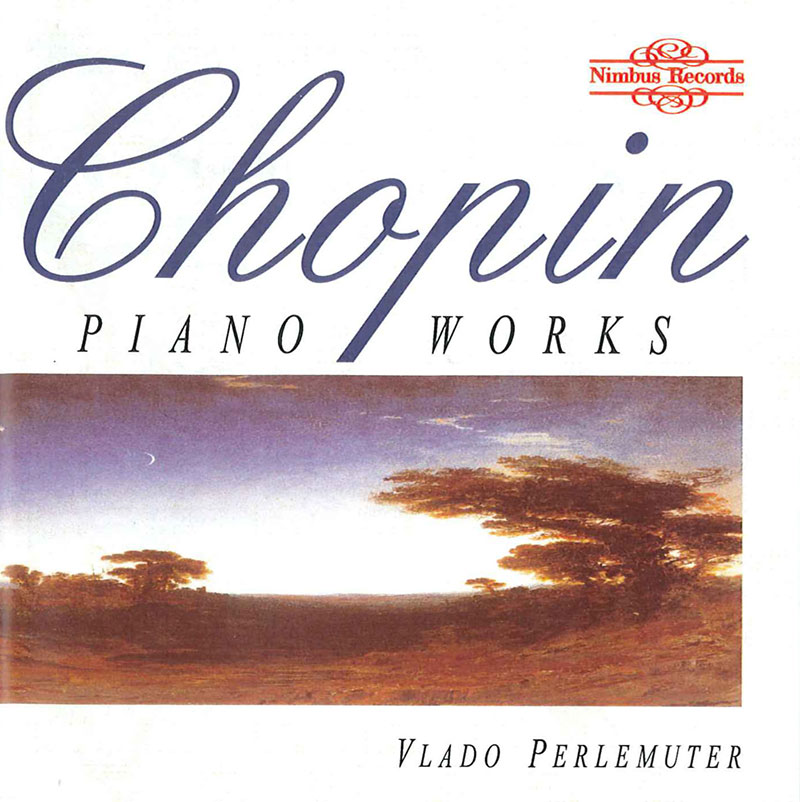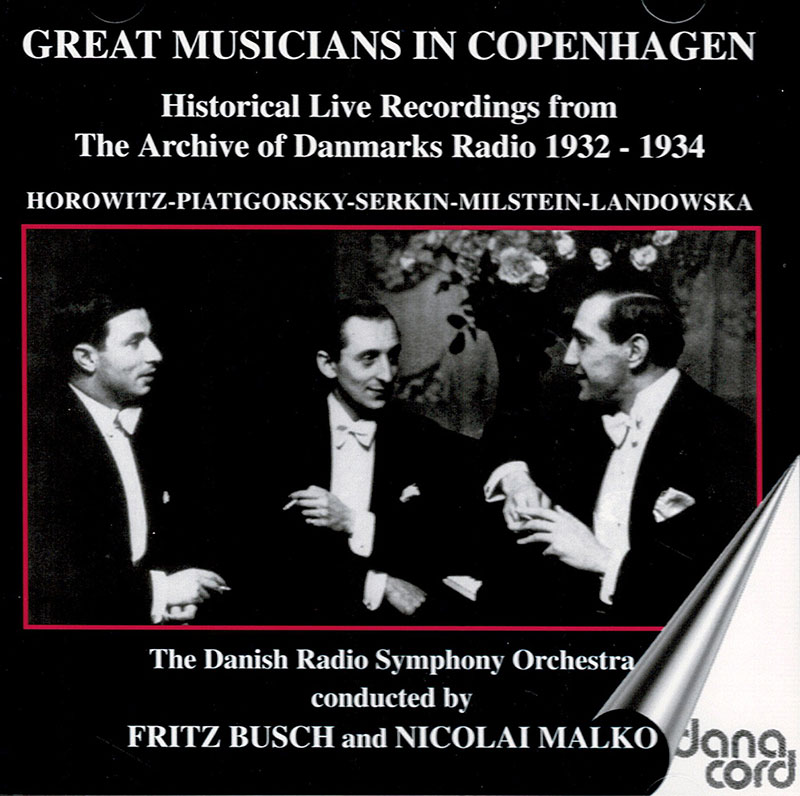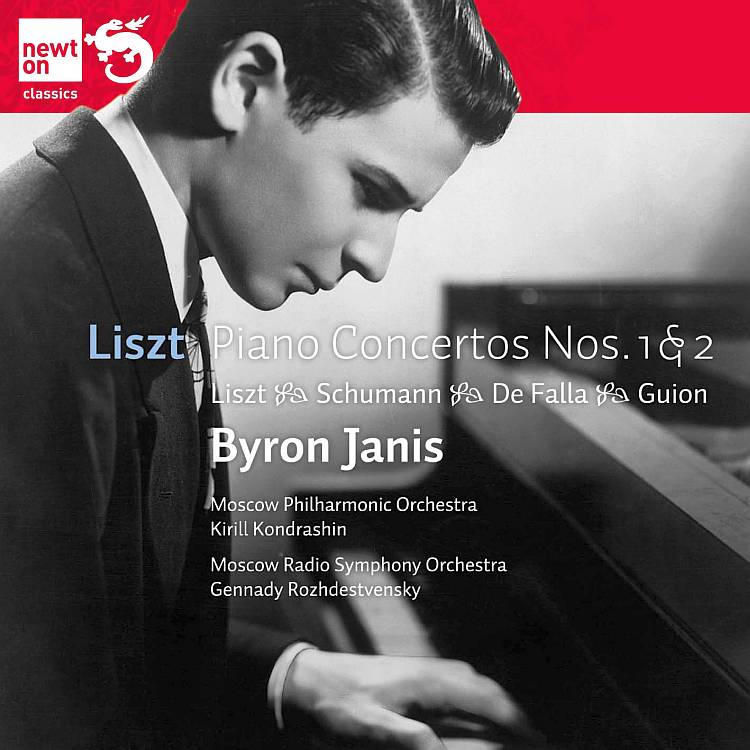Logowanie
Dlaczego wszystkjie inne nie brzmią tak jak te?
Chai Lang, Fan Tao, Broadcasting Chinese Orchestra
Illusive Butterfly
Butterly - motyl - to sekret i tajemnica muzyki chińskiej.
Brzmią jak sen na jawie
KHACHATURIAN, SHOSTAKOVICH, Antal Dorati, Stanislaw Skrowaczewski, The London Symphony Orchestra
Gayne / Symphony No. 5 in D minor, Op. 47
Stanisław Skrowaczewski,
Winylowy niezbędnik
ClearAudio
Cartridge Alignment Gauge - uniwersalny przyrząd do ustawiania geometrii wkładki i ramienia
Jedyny na rynku, tak wszechstronny i właściwy do każdego typu gramofonu!
ClearAudio
Harmo-nicer - nie tylko mata gramofonowa
Najlepsze rozwiązania leżą tuż obok
IDEALNA MATA ANTYPOŚLIZGOWA I ANTYWIBRACYJNA.
Osobowości
SKROWACZEWSKI, Stanislaw Skrowaczewski, Minnesota Orchestra
Concerto Nicolo for piano left hand and orchestra
WORLD PREMIERE!
LISZT, Byron Janis, Kiril Kondrashin, Gennady Rozhdestvensky, Moscow Philharmonic, RTV Symphony Orchestra Moscow
Piano Concertos Nos. 1 and 2, Solo Piano Pieces
- Franz Liszt
- Piano Concerto No. 1 in E flat major, S124/R455
- 1. Allegro maestoso (5:07)
- 2. Quasi adagio - Allegretto vivace - Allegro animato - 08:13
- 3. Allegro marziale animato (4:07)
- Piano Concerto No. 2 in A major, S125/R456
- 4. Adagio sostenuto assai - 04:39
- 5. Allegro agitato assai(2:05)
- 6. Allegro moderato - 04:57
- 7. Allegro deciso - 02:43
- 8. Marziale un poco meno allegro - 03:36
- 9. Allegro animato - 01:41
- 10. 19 Hungarian Rhapsodies, S244/R106: No. 6 in D flat major - 06:21
- 11. Valse oubliée No. 1, S. 215 No. 1 (2:53)
- Robert Schumann,
- 12. Romance in F sharp major "Einfach", Op. 28 No. 2 (3:10)
- 13. 8 Novelletten, Op. 21: No. 1. Markiert und kraftig - 05:00
- Manuel de Falla,
- 14. El sombrero de 3 picos (The 3 - Cornered Hat): Danza del molinero (Dance of the Miller) (version for piano) - 01:42
- Franz Liszt,
- 15. Annees de pelerinage, 2nd year, Italy, S161/R10b: No. 5. Sonetto 104 del Petrarca (Sonnet 104 of Petrarch) - 05:59
- David Guion,
- 16. Alley Tunes: 3 Scenes from the South: The Harmonica Player - 01:14
- Łączny czas: 01:03:28
- Byron Janis - piano
- Kiril Kondrashin - conductor
- Gennady Rozhdestvensky - conductor
- Moscow Philharmonic - orchestra
- RTV Symphony Orchestra Moscow - orchestra
- LISZT
Few pieces encapsulate Liszt’s genius as comprehensively as his two piano concertos. They not only showcase his dazzling technical ability, but also his skills as a musical visionary. Both took almost 25 years of painstaking work to complete, during which time he made drastic revisions, enhancing the role of the orchestra and the structural unity, and developing what Robert Schumann called ‘a new and brilliant way to weld the orchestra and piano together’. Byron Janis’s 1962 Moscow recording of these concertos has assumed legendary status. Janis was a former child prodigy who studied with Vladimir Horowitz during the 1940s, and was considered one of the most brilliant American pianists of his generation before his career was cut short by illness. He was chosen in 1960 to spearhead a new cross-cultural exchange between the USA and USSR, and made such an impact that the American Mercury recording team went over to the USSR to record this collaboration. The recordings were made at the height of Janis’s career, and are probably some of the most accomplished he ever made. Janis’s own agile technique and unfussy style bring a welcome sparkle and structural lucidity to this music. During the 1962 sessions Janis also recorded a small selection of solo miniatures by Schumann, Falla and Guion. The previous year he also recorded three pieces by Liszt: the Hungarian Rhapsody No.6, his Valse oubliée No.1 and Sonetto 104 del Petrarca from the Années de pèlerinage: 2ème année, and these are all included here. “The solo pieces are also attractive. Janis is a very expert player, and covers a variety of moods with success … the little Valse oubliée is charming, as is the deeply romantic Petrarch Sonnet. The Falla “Miller’s Dance” is no less colourful, while the Hungarian Rhapsody No.6 … has great panache, not least in the hair-raising octave passages.” (Gramophone, September 1991) “Janis’s glittering articulation is matched by his sense of poetry and drama, and there is plenty of dash in these very compelling performances, which are afforded characteristically brilliant Mercury sound.” (The Penguin Guide)






